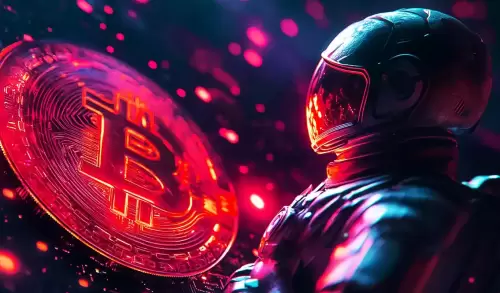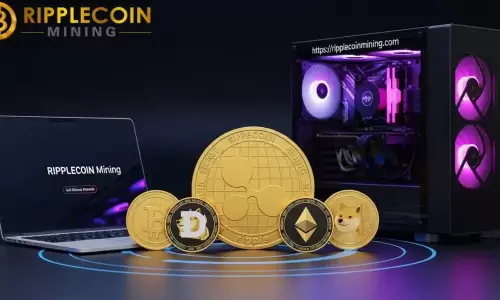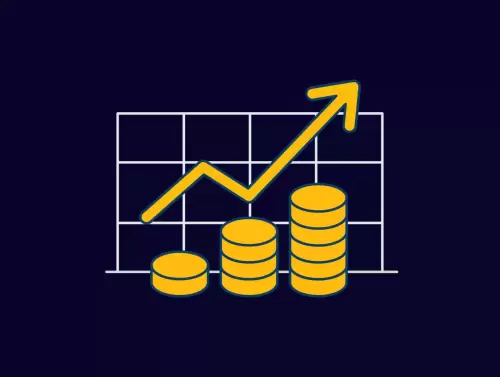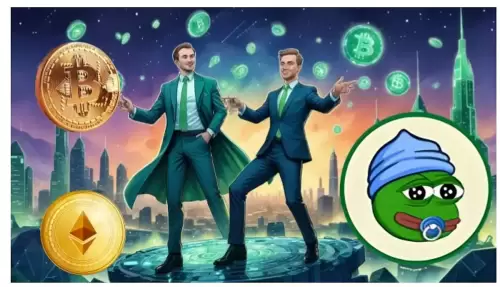JPMorgan's blockchain arm, Kinexys, is making waves in tokenization, particularly with carbon credits. Let's break down the key developments and what they mean for the future.

Yo, what's the deal with Tokenization, Carbon Credits, and JP Morgan? Simply put, Kinexys, JP Morgan's blockchain division, is exploring tokenization for carbon credits. This could revolutionize how companies manage and offset their carbon emissions. Let's dive into what this all means.
JP Morgan and S&P Global: Tokenizing Carbon Credits
Word on the street is that Kinexys is teaming up with S&P Global Commodity Insights to test how tokenized carbon credits can be created and tracked using blockchain tech. These credits represent greenhouse gas reductions, and tokenization could bring more transparency and efficiency to the market. As Keerthi Moudgal from Kinexys Digital Assets puts it, the goal is to establish standardized infrastructure for better information and price transparency, paving the way for financial innovation.
The Bigger Picture: Tokenization's Rise
JP Morgan ain't the only player in the tokenization game. Big names like BlackRock, HSBC, and Citi are also getting in on it. Tokenization uses blockchain to transact with traditional financial instruments, promising faster settlements and increased transparency. JP Morgan's Kinexys network is already settling $2 billion in daily transactions, and they even piloted a deposit token called JPMD on Coinbase's Base network.
Deposit Tokens: The Next Big Thing?
Speaking of deposit tokens, Kinexys has been making moves. They've launched a permissioned US dollar deposit token, JPMD, on the Base blockchain. This could be a game-changer, offering a reliable alternative to stablecoins for institutional clients. As Jason Barraza from Security Token Market notes, deposit tokens represent commercial bank money and could potentially pay interest, something regulated stablecoins can't do.
Stablecoins vs. Deposit Tokens: A Regulatory Showdown?
The US Senate passed the GENIUS Act, providing a regulatory framework for stablecoins, but some argue that deposit tokens might face regulatory hurdles. Alex Thorn from Galaxy Digital points out that tokenized deposits are essentially IOUs for bank deposits and might only be transferable among the bank's account holders. Regulators might even decide to treat them the same way as regulated stablecoins.
The Future is Now
Despite the regulatory uncertainties, tokenization is gaining momentum. Bain & Company reports that the supply of stablecoins has exploded since 2019. Circle has even completed an IPO, and Societe Generale-FORGE is launching new stablecoins. As Julian Sawyer from Zodia Custody puts it, institutional adoption is becoming a reality, driven by regulatory clarity and the need for faster payments.
Final Thoughts
So, what's the takeaway? Tokenization is here to stay, and JP Morgan is at the forefront of this financial revolution. Whether it's carbon credits, deposit tokens, or stablecoins, the blockchain is transforming Wall Street, one transaction at a time. Keep your eyes peeled, because this is just the beginning!













































































